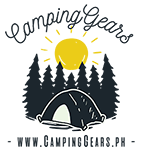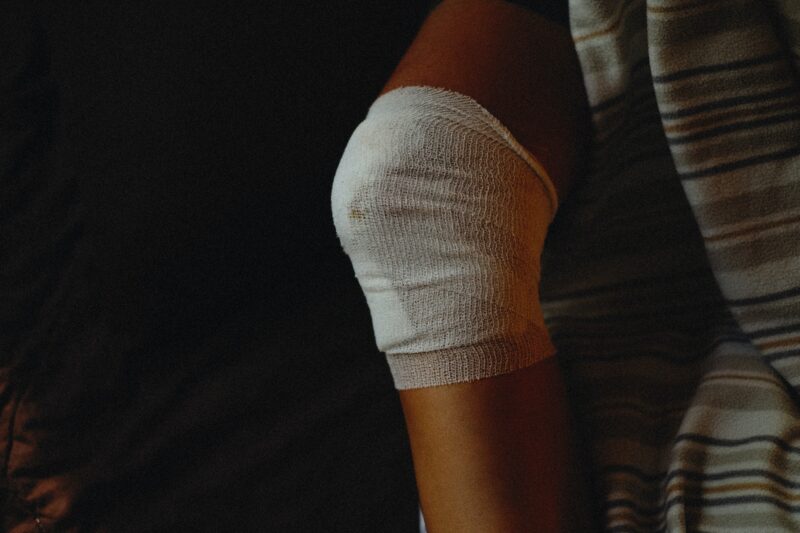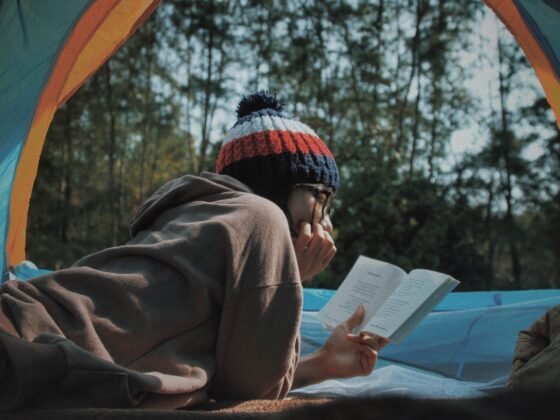Summer camp is an exciting time for children to explore the outdoors, make new friends, and learn new skills. However, accidents can happen, and it’s essential to be prepared with a well-stocked first aid kit. Having the right supplies on hand can make all the difference in preventing minor injuries from becoming major ones. Whether your child is attending a day camp at any campsites near Manila or a sleepaway camp, ensuring their first aid kit is complete and up-to-date is crucial.
This article will discuss the essential items that should be included in your child’s first aid kit, from band-aids and gauze pads to insect repellent and sunscreen. With these items, you can rest assured that your child will be safe and prepared for any mishaps during their summer camp adventure. So, let’s get started!
Importance of having a first aid kit
A first aid kit is an essential item that should be brought along to any camping trip and placed prominently inside the camping tent. It is a collection of supplies and equipment for medical assistance in emergencies. Accidents can happen at any time, and it’s essential to be prepared for them. A well-stocked first aid kit can make all the difference in preventing minor injuries from becoming major ones. A first aid kit can also help to relieve pain and discomfort caused by minor injuries. Finally, it can provide peace of mind to campers and parents, knowing they are prepared for any situation.
Basic first aid supplies for your kit
When packing a first aid kit for your child’s summer camp adventure, including the basic supplies needed to treat minor injuries is important. Here are some of the essential items that should be included in your child’s first aid kit:
-
Band-aids
Band-aids are a must-have for any first-aid kit. They come in various sizes and shapes and are used to cover minor cuts and scrapes. When choosing band-aids, look for waterproof ones with a strong adhesive.
-
Gauze pads
Gauze pads cover larger wounds that cannot be covered with a band-aid. They come in various sizes and are used to apply pressure to a wound to stop bleeding.
-
Adhesive tape
Adhesive tape is used to hold gauze pads or bandages in place. Look for tape that is hypoallergenic and waterproof.
-
Antiseptic wipes
Antiseptic wipes clean wounds before applying a band-aid or gauze pad. They help to prevent infection and reduce the risk of scarring.
-
Scissors
Scissors are used to cut gauze pads, tape, and other supplies to the required size.
-
Tweezers
Tweezers remove splinters, thorns, and other foreign objects from the skin. They can also be used to remove ticks.
-
Disposable gloves
Disposable gloves protect the person administering first aid from exposure to bodily fluids.
-
Instant cold packs
Instant cold packs reduce swelling and relieve pain caused by minor injuries such as sprains and strains.
-
Thermometer
A thermometer is used to measure body temperature. Therefore, it’s essential to have a thermometer in your first aid kit to monitor fever.
-
Pain relievers
Over-the-counter pain relievers such as acetaminophen and ibuprofen can be included in your first aid kit to relieve pain caused by minor injuries.
Camp Cover Medical First Aid Kit contains all these basic supplies for your kit.
Medications to include in your kit
In addition to the basic first aid supplies, there are some medications that you should consider including in your child’s first aid kit. These medications can help to relieve common symptoms and illnesses that may occur during a camping trip. Here are some of the medicines that you should consider including in your child’s first aid kit:
-
Allergy medication
You must include allergy medication in their first aid kit if your child has allergies. This medication can relieve runny nose, itchy eyes, and hives.
-
Pain relievers
Over-the-counter pain relievers such as acetaminophen and ibuprofen can be included in your first aid kit to relieve pain caused by minor injuries.
-
Antacids
Antacids can be included in your child’s first aid kit to relieve heartburn and indigestion.
-
Anti-diarrhea medication
Anti-diarrhea medication can be included in your child’s first aid kit to relieve symptoms of diarrhea.
-
Prescription medications
Include your child’s prescription medication in their first aid kit. Have enough medication to last for the duration of the camping trip.
Additional items to consider adding to your kit
In addition to the basic first aid supplies and medications, there are some additional items that you should consider adding to your child’s first aid kit. These items can help relieve common camping-related issues such as insect bites and sunburn. Here are some additional items you should consider adding to your child’s first aid kit:
-
Insect repellent
Insect repellent can be used to prevent insect bites and stings. Look for an insect repellent containing DEET, the most effective insect repellent.
-
Sunscreen
Sunscreen protects your child’s skin from the sun’s harmful rays. Look for a sunscreen that has an SPF of at least 30.
-
Aloe vera gel
Aloe vera gel can be used to soothe sunburns and other minor burns.
-
Lip balm
Lip balm can prevent chapped lips caused by sun exposure and dry weather.
-
Eye drops
Eye drops can relieve dry eyes caused by exposure to the sun and wind.
-
Hand sanitizer
Hand sanitizer can clean hands when soap and water are unavailable.
-
Flashlight
A flashlight can be used to navigate in the dark and can also be used to signal for help.
-
Whistle
A whistle can be used to signal for help in case of an emergency.
If you must, ask your neighborhood camping shop in the Philippines what else should you include on your kit.
How to organize and store your kit
Properly organizing and storing the supplies is crucial when packing your child’s first aid kit. Here are some tips for organizing and storing your child’s first aid kit:
1) Use a waterproof container.
Choose a waterproof container to store your child’s first aid kit. This will protect the supplies from water damage.
2) Label the container.
Label the container with your child’s name and the contents of the kit. This will make it easier to identify the kit in an emergency.
3) Separate medications from other supplies.
Separate medications from other supplies to prevent contamination.
4) Keep the kit in a cool, dry place.
Store the kit in a cool, dry place to prevent the supplies from deteriorating.
5) Check the kit regularly.
Check the kit regularly to ensure all supplies are up-to-date and in good condition.
Tips for maintaining your first aid kit
Maintaining your child’s first aid kit is critical to ensure the supplies are up-to-date and in good condition. Here are some tips for maintaining your child’s first aid kit:
1) Check the kit before each camping trip.
Check the kit before each camping trip to ensure all supplies are up-to-date and in good condition.
2) Replace expired supplies.
Check the expiration dates of all supplies in the kit and replace any expired ones.
3) Restock the kit after each use.
After using supplies from the kit, make sure to restock them.
4) Keep a list of supplies.
Keep a list of supplies in the kit and update it as necessary.
5) Practice using the supplies.
Practice using the supplies in the kit so that you are prepared in case of an emergency.
Common camping injuries and how to treat them
While camping, there are several common injuries that your child may experience. Here are some of the most common camping injuries and how to treat them:
-
Cuts and scrapes
Clean the wound with antiseptic wipes and apply a band-aid or gauze pad. Apply pressure to the wound if it is bleeding heavily.
-
Burns
Run cold water over the burned area and apply aloe vera gel or a cold compress.
-
Insect bites and stings
Clean the area with soap and water and apply a cold compress to reduce swelling.
-
Sprains and strains
Apply an instant cold pack to the affected area and elevate the injured area.
-
Sunburn
Apply aloe vera gel to the burned area and keep the area covered with clothing or shade.
First aid training and certification options
It’s important to have basic first-aid skills and knowledge to provide assistance in emergencies. There are several first-aid training and certification options available. Here are some of the options that you can consider:
-
Philippine Red Cross
The Philippine Red Cross offers first aid and CPR training courses.
-
Online courses
There are several online courses available that offer first aid and CPR training.
-
Community organizations
Community organizations like the YMCA, local fire departments, and hospitals may offer first aid and CPR training courses.
Final thoughts
In conclusion, having a well-stocked first aid kit is essential for any camping trip, especially for children attending summer camp. By including the basic first aid supplies, medications, and additional items such as insect repellent and sunscreen, you can ensure that your child is prepared for any situation.
However, organizing and storing the kit properly and regularly checking and maintaining the supplies are crucial. Following these tips and being prepared can ensure your child has a safe and enjoyable camping experience.



